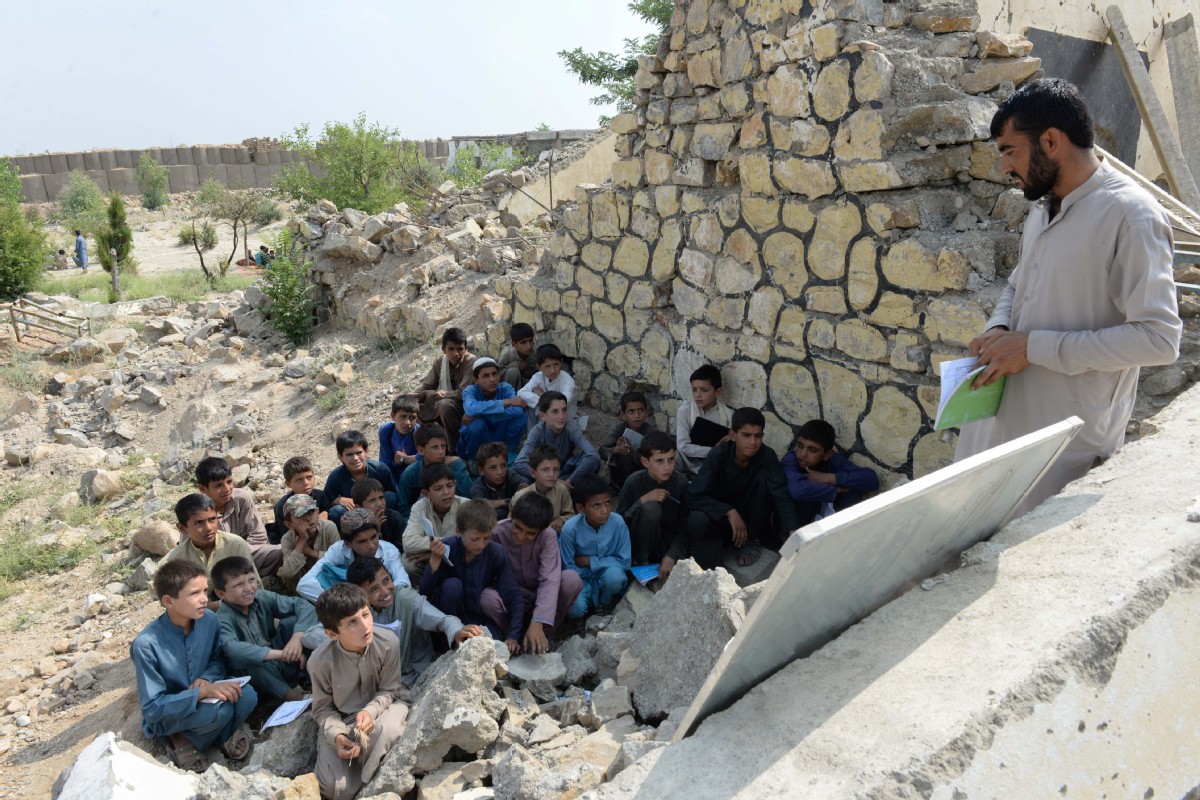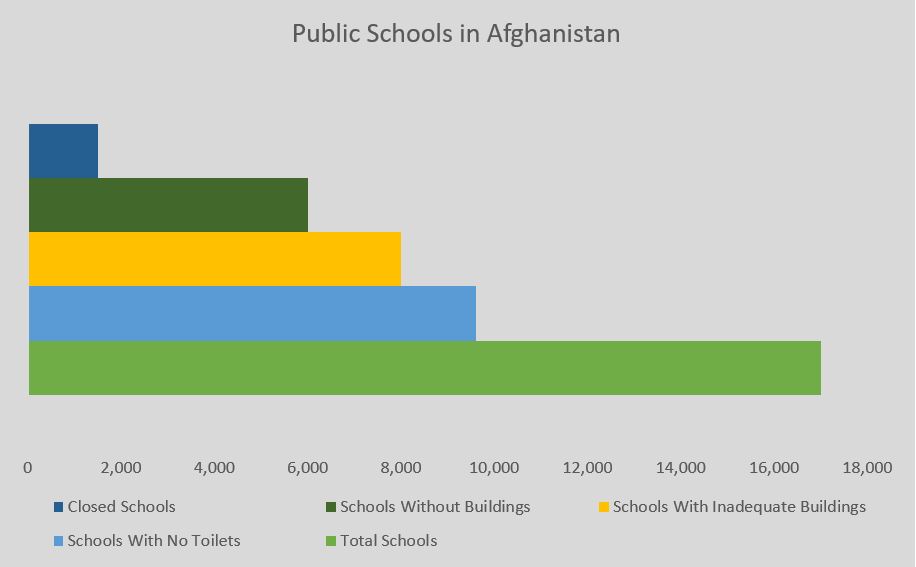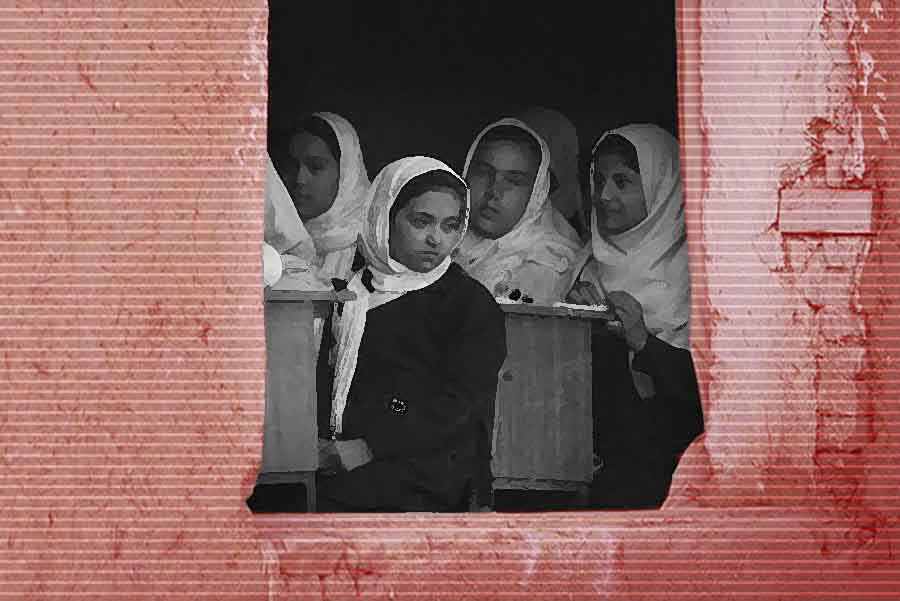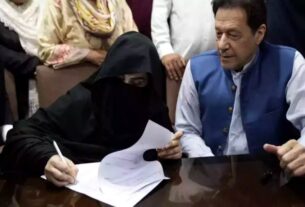Thu 19 August 2021:
In Afghanistan, the COVID-19 response has hit education hard, which has had a disproportionate impact on vulnerable students. Nationwide school closures have added to the challenges already facing the country’s education sector, which has struggled to meet the public’s high enthusiasm for education in recent years. Even as schools reopen, the long-criticized curriculum and textbooks remain an area of contention for the country.

“Afghanistan was already facing a learning crisis,” said Freshta Karim, founder of Charmaghz, a mobile library for children in Kabul. “The most vulnerable children – girls and child laborers –were at higher risk of dropping out with schools closed for months.”
Related: Afghanistan: Girls Struggle for an Education
The national lockdown in March 2020, in response to the COVID-19 pandemic dragged the winter break out into the summer. The education ministry promoted distance learning using radio and TV stations, but as much as 70 percent of the population has no access to electricity.

The school closure coupled with economic hardship caused by the pandemic could have pushed a new record number of children out of school and forced them into child labor. In a country where 90 percent of the population lives on less $2 a day and desperate families rely on children for their survival, the pandemic has left invisible scars on children.
Related: 15 Years After Forces Overthrew Taliban, Afghanistan Failing Its Girls
In October 2020, U.N. Women, UNICEF, and Human Rights Watch jointly issued an alert statement on the impact of COVID-19 on women and girls’ education. As girls tend to do house work, “the increased burden of care is hampering female students’ learning time, resulting in increased learning loss, and affecting their return to schools,” said the statement.

Out of 12 million school-aged children in Afghanistan, 5 million are currently out of school – possibly more.
Even before COVID-19, the Education Ministry said 5 million children were already out of school. PenPath, a non-profit education organization in Afghanistan, disputes the estimate, putting their own estimate at 6 million children. As many as 1,500 schools remain closed, according to PenPath, but as the war drags on, more schools could be closed.
Forgetting About Girls in Afghanistan – Again
The Education Ministry acknowledges that 6,000 schools have no buildings at all and 50 percent of the country’s 17,000 schools lack adequate facilities. In Kabul, the capital, schools are overcrowded and students study under tents and ruined buildings. Throughout Afghanistan’s 34 provinces, 75 percent of students face textbook shortages.
“Parents want and love to send their children to school,” said Matiullah Wessa, founder of PenPath. “They have specific and basic demands, such as buildings for schools and female teachers for girls. For a girl school, having a toilet is a must,” although this is something that 60 percent of public schools lack.

Data from the Afghan Education Ministry, Human Rights Watch, PenPath, and the World Bank.
Related: Girls in Afghanistan—and Everywhere Else—Need Toilets
Wessa said that he had brought a petition letter to the Education Ministry requesting that the government open up a school in Jindah, Gilan district of Ghazni province, where 600 students did not have access to education. The Education Ministry refused to open a school there. “If we eliminate corruption and spend the current Education’s budget, no child will be out of school,” said Wessa.
Related: Millions of Afghan Girls Are Still Not Going to School: Report
Instead of building real schools and enrolling real students, the Education Ministry has been accused of paying ghost schools, ghost teachers, and ghost students. In 2015, the Special Inspector General for Afghanistan, a U.S. watchdog, questioned the entire U.S. aid money spent for education, a total of $769 million. The exact scale of corruption remains unknown.
/cloudfront-us-east-1.images.arcpublishing.com/pmn/IXSM6OCUQ5HD5FG7PA2GAHC5FA.jpg)
According to a report published by UNICEF, in 2018, some 3.7 million children between the ages of seven and 17, or 44 percent, are out of school, with girls accounting for 2.7 million of that figure, 60 percent.
Just one in three girls are currently attending school in Afghanistan, marking the biggest drop in the number of school attendees since the Taliban were removed from power 16 years ago.
The report added that up to 85 percent of girls were not going to school in some of the worst-affected provinces, such as Kandahar, Helmand, Wardak, Paktika, Zabul and Uruzgan.
Adele Khodr, UNICEF’s Afghanistan representative, said those out of school were at an “increased danger of abuse, exploitation and recruitment [into armed gangs].”
Related: The learning crisis in Afghanistan
The most shocking crisis is in teaching staff. As of March 2019, as few as four in 10 teachers had mastered the fourth-grade language curriculum and fewer than 40 percent of them had mastered the fourth-grade mathematics curriculum, according to the World Bank. In addition, even for Afghan children who do attend school, the average teaching time is just 3 hours and 25 minutes per day, among the lowest in the world.
The statements, views and opinions expressed in this column are solely those of the author and do not necessarily represent those of Independent Press.
by Akhtar Awan
Akhtar Awan is Afghan historian, he is a commentator on Persian Gulf affairs, and expert on topics related to cultural diversity.
———————————————————————————————————————-
FOLLOW INDEPENDENT PRESS:
TWITTER (CLICK HERE)
https://twitter.com/IpIndependent
FACEBOOK (CLICK HERE)
https://web.facebook.com/ipindependent
Think your friends would be interested? Share this story!





